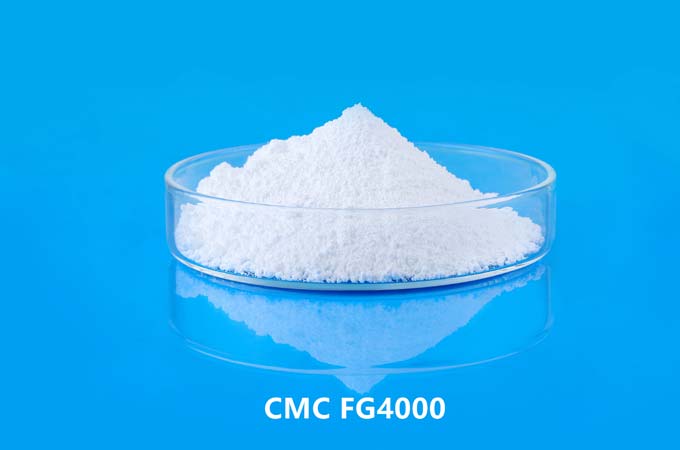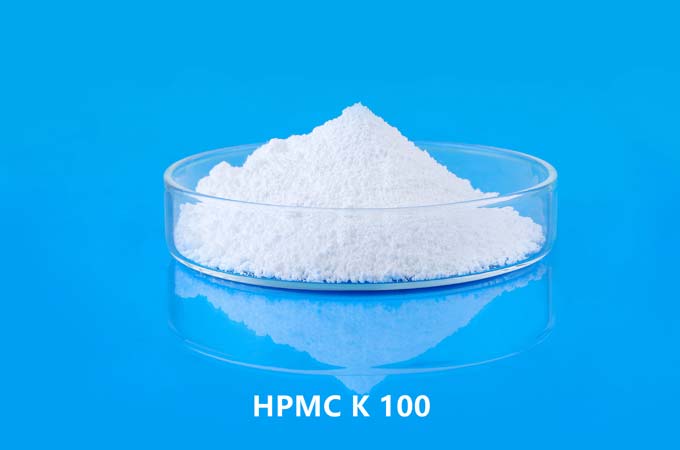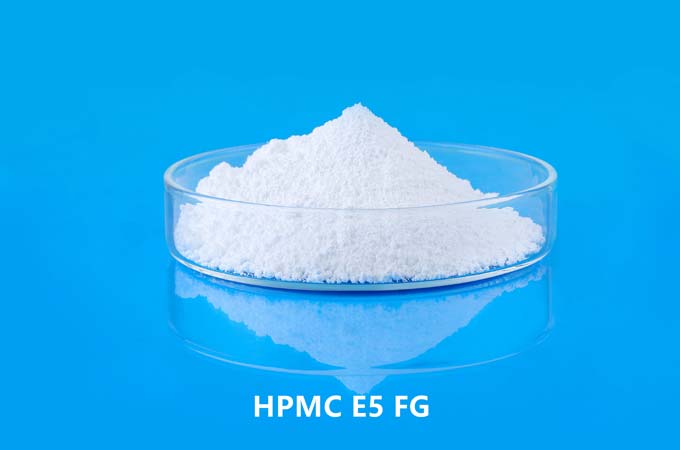Thickening, suspending, dispersing, emulsifying, bonding, film-forming, protecting moisture and providing protective colloid are our initial impressions of hydroxyethyl cellulose, which plays an important role in many industries due to its excellent performance The role of, for example, in the fields of petroleum exploration, paint, construction, medicine and food, textile, papermaking and polymer polymerization. So, what role does hydroxyethyl cellulose play in water-based coatings?
Thickening: Compared with ordinary hydroxyethyl cellulose ether, the thickening effect of anti-enzyme hydroxyethyl cellulose is more ideal, and the dosage can be appropriately reduced, and the cost will also be reduced.
Water retention: Adding hydroxyethyl cellulose to the water-based coating can effectively improve the water retention of the product. Even if it is applied on a large-area dry substrate or a highly water-absorbent substrate, the product can also be consistent with the film-forming
Pseudoplasticity and workability: HEC added to water-based paints, such as latex paints, has a good performance in many aspects. It has good pseudoplasticity under various shears. When the shear rate increases, such as stirring, the viscosity decreases and can remain for a short period of time. When brushing and roller coating, it can effectively reduce spatter and facilitate construction. After painting, due to the decrease of shear rate and increase of viscosity, it adheres to the wall and self-levels to reduce scratches and improve construction efficiency.
Improvement of pigment flocculation: Water-based latex paint added with anti-enzyme hydroxyethyl cellulose is helpful for the dispersion of pigments and the stability of emulsion. It will not cause pigment flocculation, and can be well dissolved with other auxiliary materials to improve alkali resistance.
Storage stability: For latex paints using ordinary hydroxyethyl cellulose, the viscosity will naturally decrease after a period of storage to a greater or lesser extent, resulting in delamination of the paint. This is because the degree of substitution of ordinary hydroxyethyl cellulose HEC is low, which causes biological enzymes to block the glucose unit in it, resulting in a decrease in viscosity. The anti-biological enzyme type HEC has a high degree of substitution, which can effectively solve this problem, and thus has better storage stability.
I believe that with its excellent performance, hydroxyethyl cellulose will definitely play an important role in more fields.
 English
English 日本語
日本語 français
français Deutsch
Deutsch Español
Español italiano
italiano русский
русский português
português العربية
العربية Türkçe
Türkçe Nederland
Nederland



